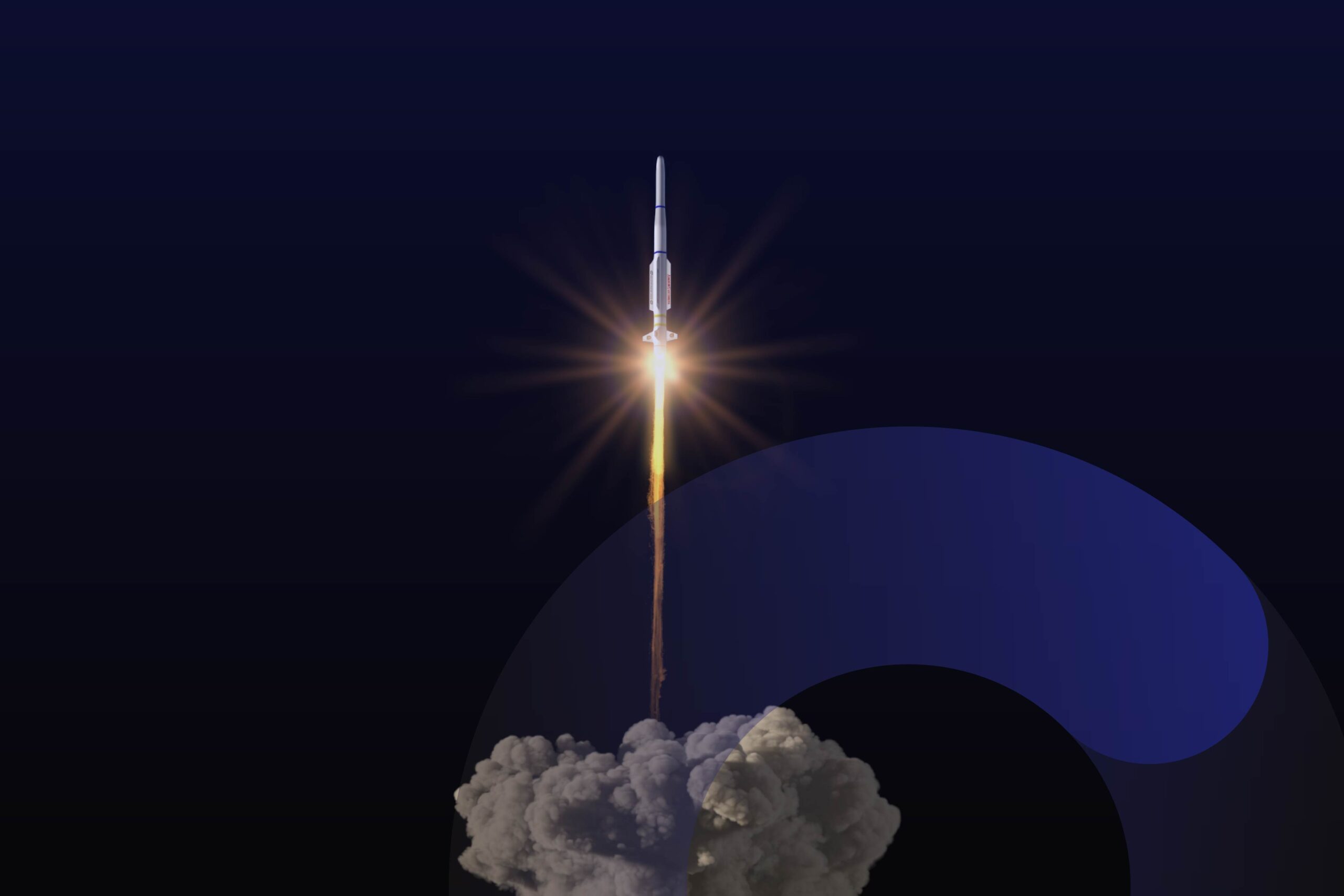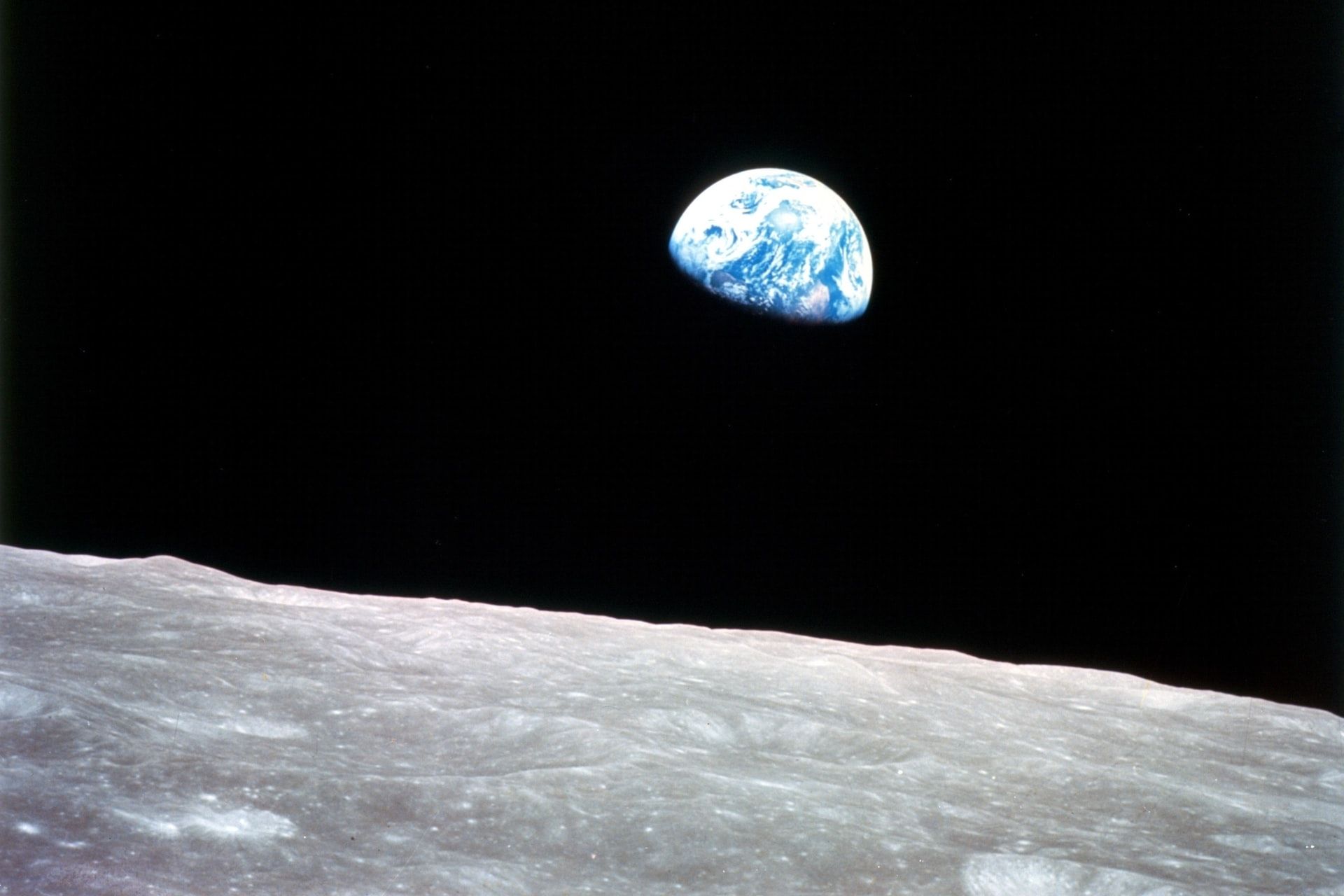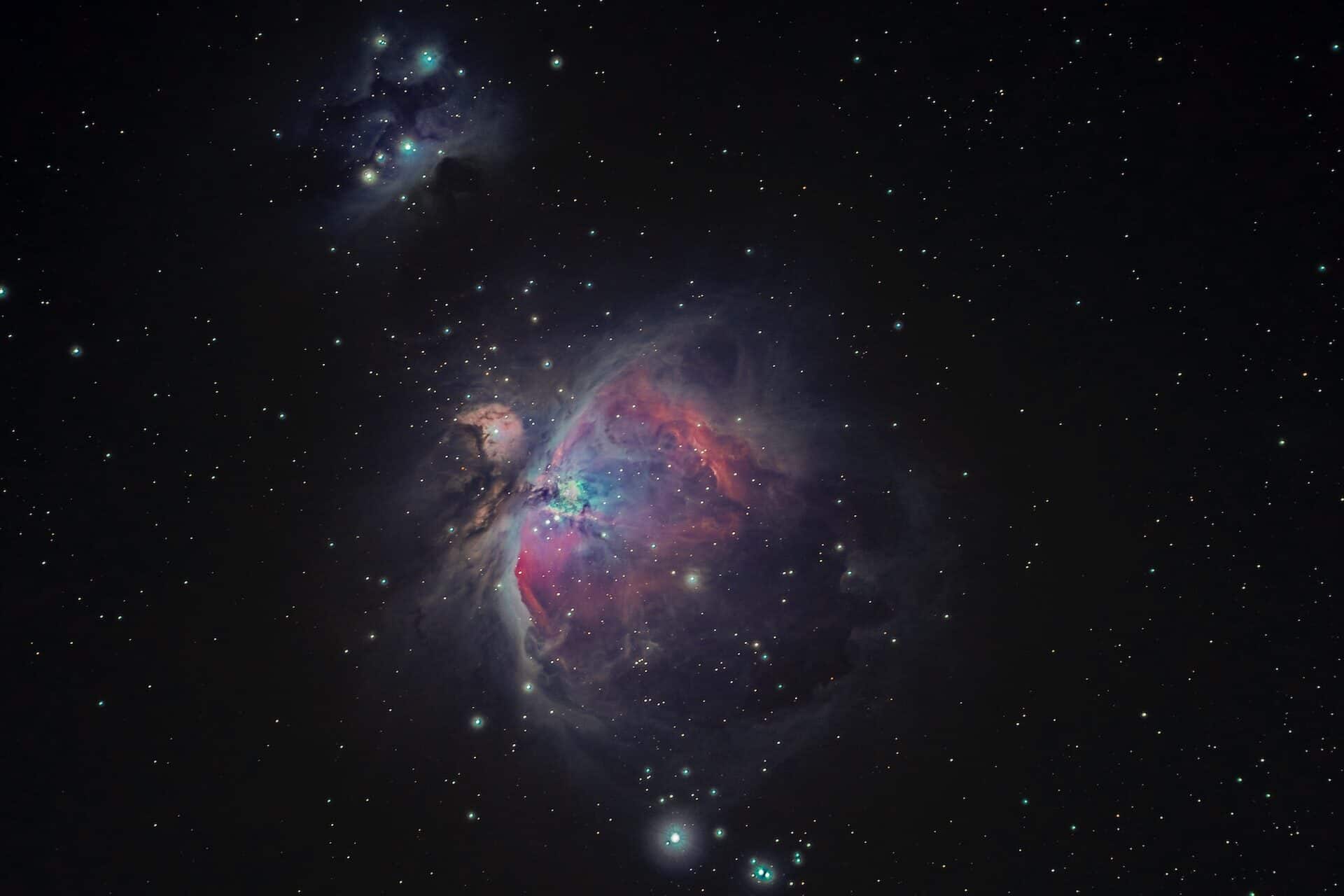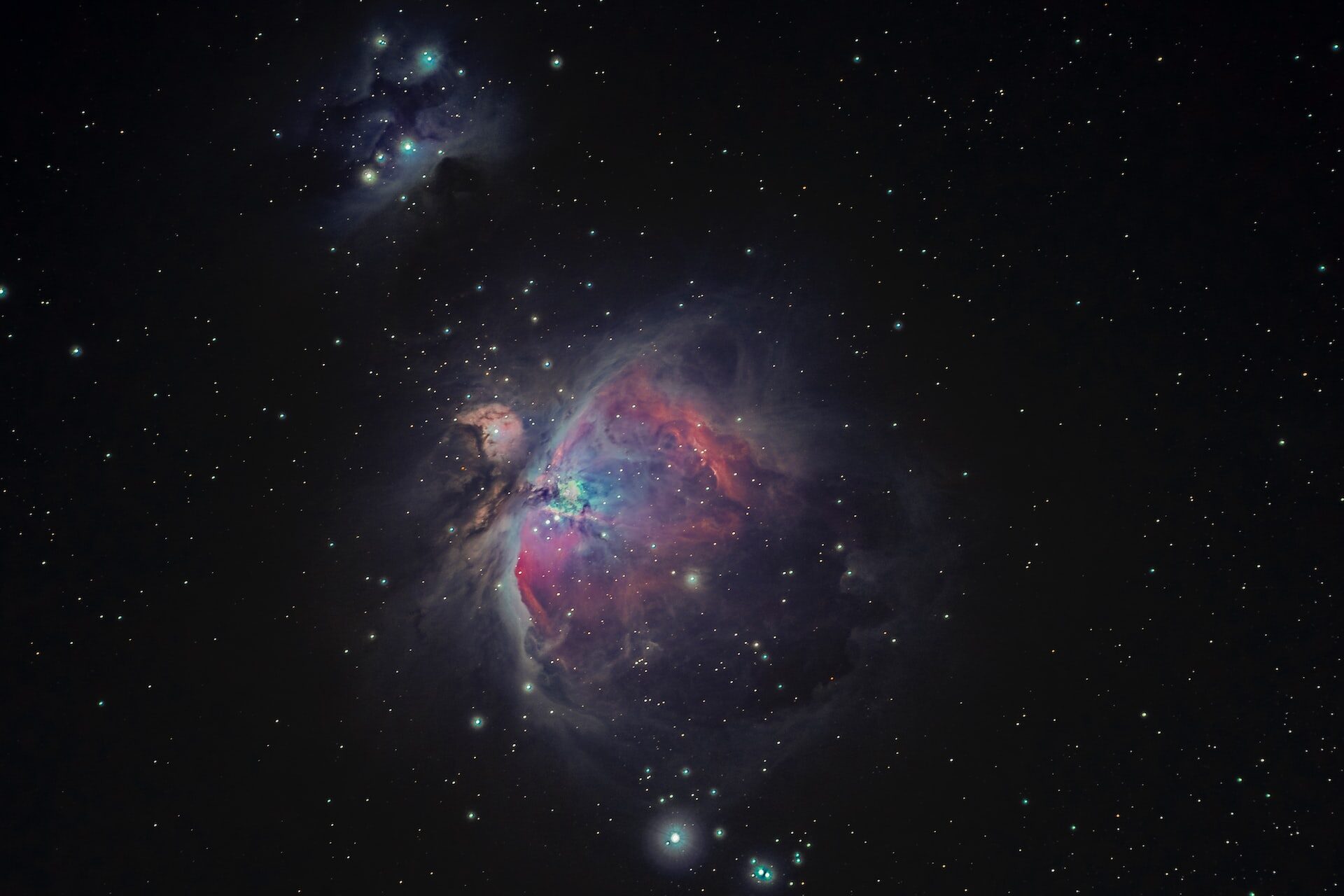
OSIRIS-REx: What You Need to Know About The Mission
October 18, 2016 - Emily Newton
Revolutionized is reader-supported. When you buy through links on our site, we may earn an affiliate commision. Learn more here.
NASA really has a knack for giving cool names for their missions, even if that mission is just picking up some space dirt. While OSIRIS-REx sounds like it involves some mix between a dinosaur and the Egyptian god of the dead, it really is an important mission. Standing for “Origins, Spectral Interpretation, Resource Identification, Security, and Regolith Explorer,” it is America’s first asteroid sample-return mission and the world’s largest asteroid sample ever collected.
However, OSIRIS-REx is more important than just bagging our biggest load of new asteroid dust. The samples and measurements may help us understand the early years of our solar system and perhaps how life on our planet began. We may even be able to better understand the threat of “Armageddon” asteroids and how we can increase our chance of survival. That little bag of space dirt sounds pretty interesting now, right? Here’s more of what you need to know about this important mission.
Timeline
The Atlas 5 rocket that housed the OSIRIS-REx probe launched on September 8, 2016. Though the neighboring explosion of SpaceX’s Falcon 9 rocket threatened the mission, Atlas 5’s launch otherwise went off without a hitch. The probe is expected to take over two years to reach its target — the carbon-rich asteroid known as Bennu. OSIRIS-REx will orbit Bennu for over a year, scanning its surface and collecting samples. In March of 2021, the next window for returning to Earth will reopen, and OSIRIS-REx will begin its return cruise home. Once the probe reaches Earth’s orbit in September of 2023, the probe will jettison the samples down into a controlled landing in the Utah desert.
Bennu — the Perfect Asteroid
There are over 500,000 documented asteroids and over 7,000 NEO’s — near-Earth objects — in our solar system. However, each asteroid is different in its size, composition, and proximity to Earth. Finding the perfect target to maximize the success of such a long and expensive mission was crucial.
Asteroids with optimal orbits for return the samples home whittled the list down to 192 possibilities, and those larger than 200 meters in diameter —smaller asteroids spin too quickly and loosen the otherwise testable material from its surface — then reduced that number to only 26.Of these 26 contenders, only five are known to be primitive and carbon-rich, which is crucial for understanding the early life of our solar system. Out of these final five, Bennu was chosen for one more key reason — it’s on a dangerous orbit that could potentially hit Earth in the 22nd century.
Asteroid Sample Collection
In order to better understand Bennu’s composition, OSIRUS-REx’s TAGSAM — Touch-And-Go Sample Acquisition Mechanism — is designed to quickly tap the asteroid’s surface and suck up a sample. Though the chamber can hold over four pounds of dirt, NASA hopes to at least retrieve 2.1 ounces, about the size of a small bag of chips. But such a small sample could hold vital information about how life on Earth began.
Unlike asteroids found here after they burned through the atmosphere, asteroids like Bennu may still contain crucial building blocks for life on their surface. Theories suggest that carbon-based materials and water could have arrived on an impacting asteroid, thus starting life as we know it. But Earth isn’t the only thing to be struck by these asteroids. Mars and Europa — Jupiter’s watery and potentially habitable moon — may have also been hit by such asteroids.
Bennu’s Path
In 2135, Bennu will pass between Earth and the moon and could be affected by either’s gravitational pull. This change could be enough to alter its course into a head-on collision with Earth when it comes back around later that century.
The chances of an impact are slim — only about a one in 2,500 chance — but that’s enough to grab the attention of NASA’s top scientists. OSIRIS-REx will study the effects of thermal radiation on Bennu’s dark surface, which can cause gradual changes in orbit. Understanding this will allow for more accurate predictions and could be used to alter the course of potential threats in the future.
Luckily, should Bennu actually strike the planet, it won’t mean a mass extinction on the same level as the dinosaurs’. While there would be devastating destruction at the impact site, Bennu is only about 1,760 feet wide compared to the six-mile-wide asteroid that wiped out the dinosaurs.
Waiting Patiently
So far, the asteroid sample mission is going smoothly. Hopefully, we will be able to glean a better understanding of our past and also find ways to protect our future. OSIRIS-REx’s success could prove to be even more important as the technology used in studying its samples will also advance while we wait for the mission’s completion. But for now, we must wait excitedly for its return.
Revolutionized is reader-supported. When you buy through links on our site, we may earn an affiliate commision. Learn more here.
Author
Emily Newton
Emily Newton is a technology and industrial journalist and the Editor in Chief of Revolutionized. She manages the sites publishing schedule, SEO optimization and content strategy. Emily enjoys writing and researching articles about how technology is changing every industry. When she isn't working, Emily enjoys playing video games or curling up with a good book.




